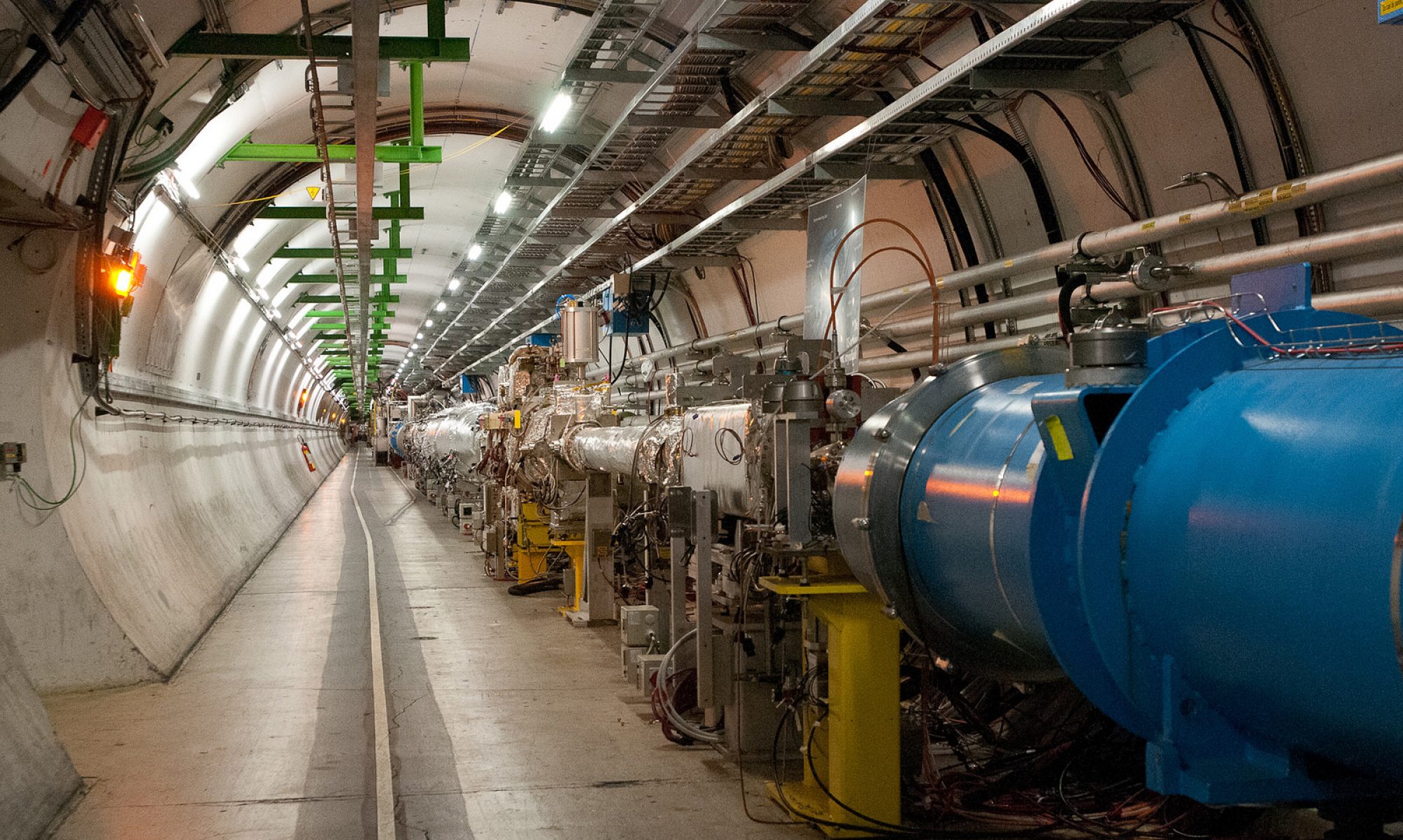The conductor of an orchestra is not for show. A conductor is not just a part of the social construct of the orchestra. A conductor is not just a means by which one person can be made more important than another. The reality is that the conductor of an orchestra is required, by the speed of sound and the speed of light, to exist.
What do I mean by this? Let’s consider the human head. The distance between our two ears is about 22cm (about 8.5 inches). This distance means that sounds that are not originating from directly in front of us reach our two ears at different times. The human auditory system is capable of discerning sounds that are no more than 0.000660 seconds apart from one another – that’s 0.660 milliseconds (ms) [1]. The result of this ability to process signals which arrive more than 0.660 ms apart is that we can localize sound in space. This process, called “Duplex theory,” means that if sounds are closer than 0.660 ms then they cannot be localized; we lose the ability to distinguish the sounds, and they seem to arrive at the same time.
So, what does this have to do with the conductor of an orchestra? Let’s imagine a situation where the orchestra, full of spite for the primadonna conductor, decides to go completely democratic and tosses the tyrant out onto the street. “We can synchronize ourselves!” they proclaim, and they turn to the oboe player.
“Oboe player, sit in the middle of the orchestra pit and blow a series of tones in the tempo of the song! That way, we can listen for the tempo and mark the passage of time, so that we, too, can stay on time.”
This seems like a great idea. Sadly, the universe has conspired against this democratic process. Sound travels at about 300 m/s. As a result, it takes 0.033s, or 33ms, for sound to travel even the 10 meters from the center of the pit to the outermost players (assuming a 20m-diameter pit). The result is that a player on the outskirts of the pit hears the oboe’s beat 33ms after a player next to the oboe hears it. Players on the outside of the pit are 33ms LATE in playing their instrument.
What does this mean? It means that the players on the outskirts of the pit become unsynchronised from their center-pit colleagues. Is this a bad thing? YES. Since the human ear is capable of hearing the difference between sounds that are at least 0.66ms apart, and the sounds from the inside and outside of the pit are 50 times further apart than that in time, the whole orchestra sounds like they’re playing out-of-time. The resulting cacophony will surely cause ticket sales to plummet, and our democratic orchestra will go flat broke.
The conductor, on the other hand, standing in front of the orchestra, uses light, not sound, to synchronize the orchestra. Since light travels at about 300,000,000 m/s, it takes just 0.000067 ms for their hand gestures to be seen by players at the back of the pit, compared to those closest to the conductor. This means that players are just 0.000067 ms out-of-time with one another; this is vastly below the human ability to hear the difference between two sounds, saving the orchestra and insuring a flawless performance.
Before you cast out that tyrant of a conductor, remember this: the universe has conspired to make it necessary to use light, and not sound, to synchronise the orchestra. Instead of tossing the bum out on the street, remember that you need them more than you don’t. Or, at least, think about hiring a replacement.


What about the fact that musicians are aware of this and know that they need to be either ahead/behind another instrumentalist sometimes to make it sound like they are playing together, i.e. if the concertmaster in the front for some reason has to be in sync with a trombone in the back. This is regardless of whether or not there is a conductor. And the idea of a conductor is fairly new. It really only reached acceptance in the mid-to-late 19th century. Before that, the concertmaster led, or someone led from the harpsichord. Although we do rely on the conductor to cue us and keep us together, we rely on them more as the expressive model for our playing. Once you hit a certain level, all musicians are capable of playing in time without a conductor. However, if the conductor can’t invoke the emotional output that the music demands, then you should consider rehiring.
(in his best neckbeard voice) “Yes, but I proved it with science!”
I had heard about this from somebody, and decided to do the math. It seems to be not just a slight effect, like I expected, but an extreme one. I figure fewer people at large know about this than just physicists and musicians, so I argue it’s still worth writing down.